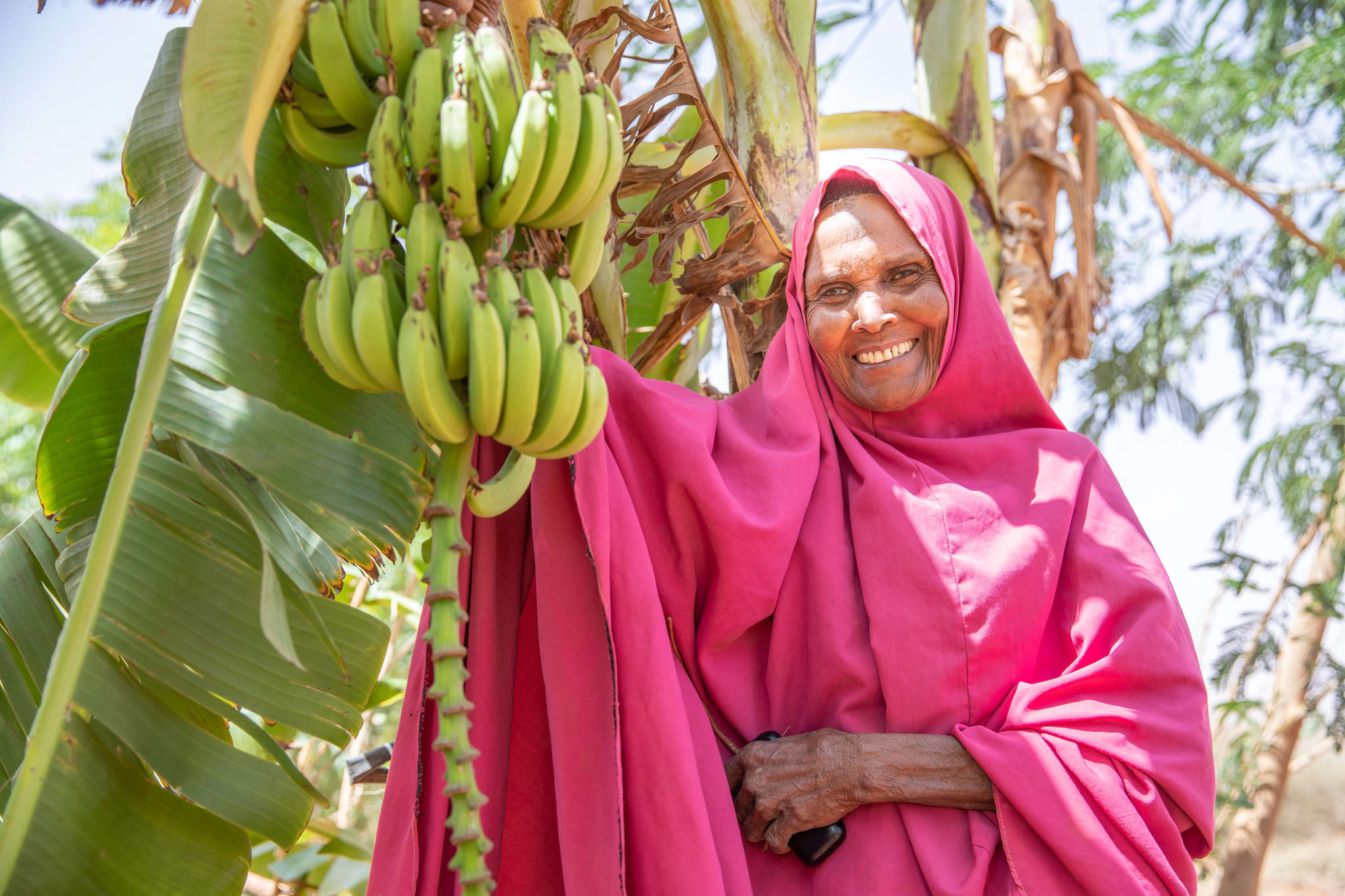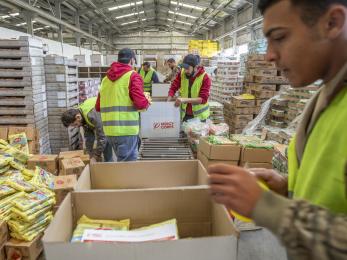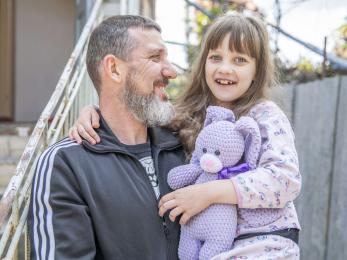Reaching Nepal's invisible villages
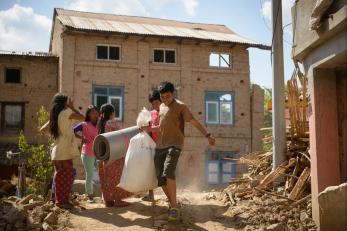
In the aftermath of Nepal’s massive earthquake, relief efforts have been centred in the capital city of Kathmandu. The next priority was reaching some of the country’s most remote and rural areas — where the damage was still unknown.
But between the capital and Nepal’s remote areas is a set of villages that remained almost invisible during the first days after the disaster. Just outside of Kathmandu, on the capital’s outskirts, small villages were overlooked in the effort to deliver supplies to the busy city or the quiet far-reaches.
Our team in Nepal recognised this gap — families in these villages desperately needed emergency supplies, but had yet to receive any aid. Over the weekend, Mercy Corps staff prepared and delivered supplies to families in Kritipur, Kavresthali and Sankhou villages.
It was the first aid these villages had received since the devastating earthquake. One woman told our staff, “Not even a dog has visited us.”
People in the villages received kits that included tarps, blankets, clothing, soap, towels, toothpaste, water containers, water purification liquid and food. One village specifically requested sleeping mats, and we were able to provide those as well.
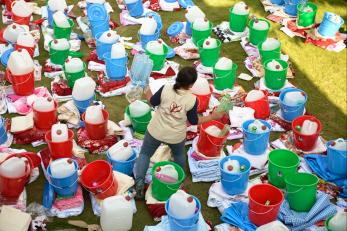
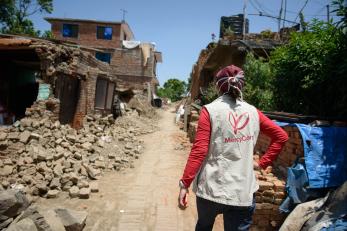
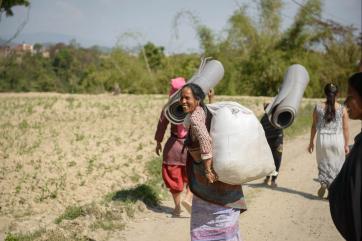
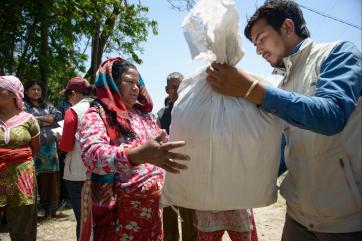
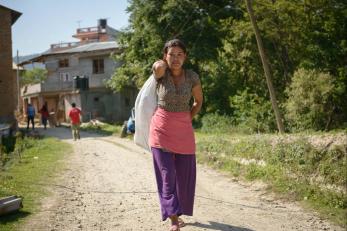
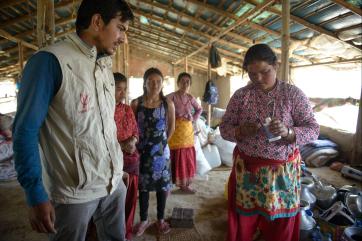
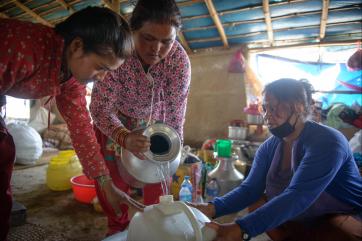
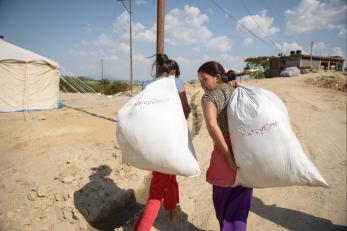
Our team is working hard to gather more supplies and build more kits that will soon be delivered to other villages. With many of their homes destroyed and rains on the way, the supplies in these emergency kits will help families survive the harsh conditions they're facing and stay healthy while they wait for a chance to rebuild their homes, their communities and their lives after the earthquake.
